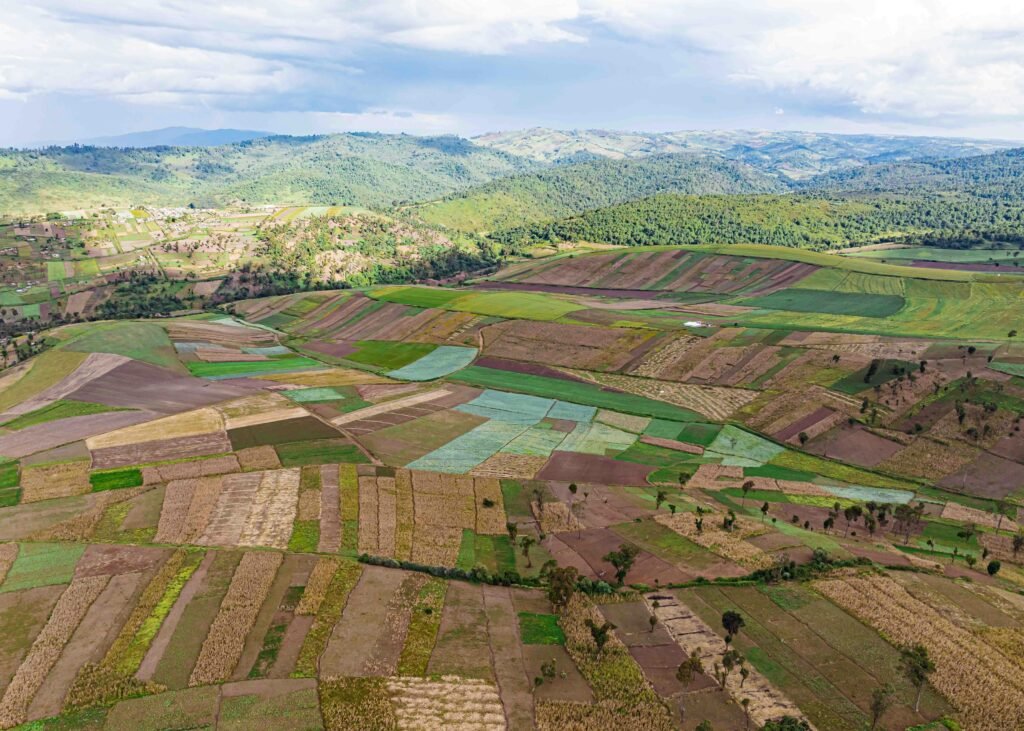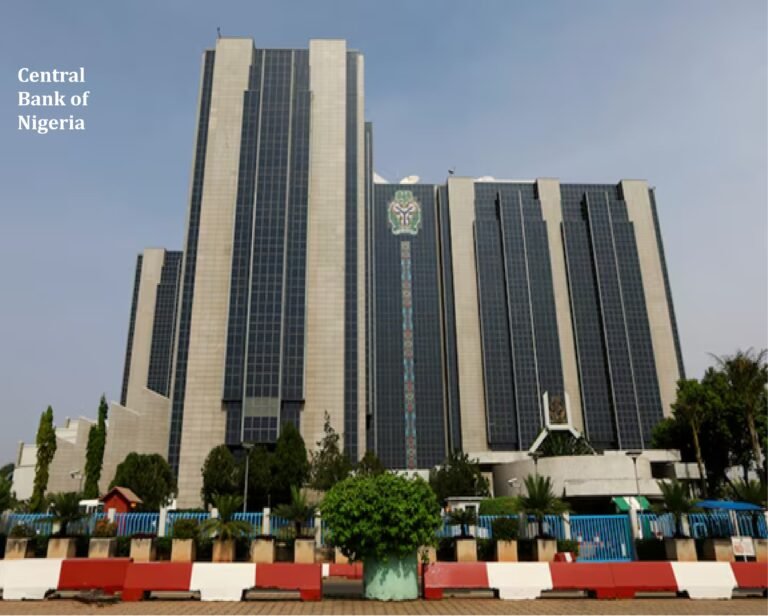
“Kenya’s debt-for-food swap is designed to redirect resources toward farming and food security—vital for rural communities.”
Kenya is set to borrow $1 billion through a debt-for-food-security swap by March 2026. This innovative approach restructures existing debt into lower-cost financing, freeing funds for crucial food security programs. By applying the debt swap model to food security, Kenya demonstrates creative financial engineering to address rising hunger and economic pressure.
Debt swaps are not new, but Kenya’s application is unique. Savings from the swap will support agricultural development, emergency food programs, and long-term resilience projects for vulnerable communities. Rising borrowing costs, food insecurity worsened by climate change, and the need for economic stability are driving this move.
Discussions with the UN World Food Programme are underway to secure partners. Beyond the swap, Kenya plans to raise $500 million through sustainability-linked bonds and expects $757 million in World Bank funding by mid-2026. Private-sector involvement could follow as sustainable finance becomes a global priority.
Kenya’s initiative may inspire other nations to adopt similar mechanisms for projects like healthcare, climate adaptation, or infrastructure. However, execution risks remain—ensuring that savings reach food security programs requires transparency and stakeholder cooperation.
This development reflects a growing trend: finance as a tool for social innovation. As sustainable finance—like green bonds and ESG-linked loans—gains momentum, Kenya’s bold step could become a blueprint for leveraging debt to address urgent global challenges.






